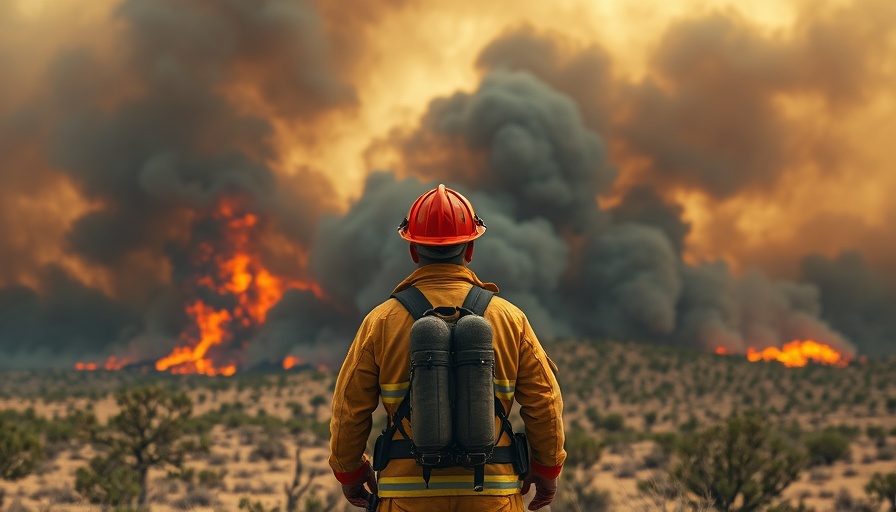
California Wildfires: A Dire Wake-Up Call for Residents
As flames sweep through California, with four fires, including the Gifford Fire and the Canyon Fire, scorching over 100,000 acres, the situation has reached emergency proportions. Residents are being forced to evacuate as dry climate conditions and high winds make firefighting efforts increasingly challenging. This catastrophe not only devastates landscapes but underscores the critical importance of preparedness and understanding the implications for property insurance.
Understanding How Wildfires Affect Insurance Claims
For South Carolina drivers and homeowners, the implications of California's wildfires might feel distant, but they offer crucial lessons about the property damage claim process and how to navigate insurance claims effectively after such disasters. Wildfires can lead to extensive property damage, creating a scenario where understanding how to file an insurance claim becomes pivotal. California's situation illustrates the importance of being informed about what steps to take immediately following a disaster.
What Happens After You File a Claim?
Filing a claim after a significant event like a wildfire often leads to confusion. As depicted by the ongoing situation in California, victims face dilemmas on documentation and securing timely aid. This can be compounded by the complexities of dealing with insurance adjusters who assess damage. Understanding the claim investigation timeline can help alleviate some of the anxiety surrounding what happens once the paperwork is filed.
The Importance of Documentation
One of the most crucial aspects of the claims process is documentation. After a disaster like a wildfire, having a clear checklist of what evidence to gather can streamline your claim. This may include photos of the damage, receipts for temporary housing, and any prior appraisals or listings for your property. Helping your insurance adjuster understand the extent of the damage through organized documentation improves your chances of a successful claim.
Common Mistakes to Avoid When Filing a Disaster Claim
In high-pressure situations like those faced by Californians today, it’s easy to make mistakes that could delay or deny your insurance claim. Common pitfalls include failing to provide adequate evidence, not thoroughly understanding your insurance policy, and neglecting to follow up promptly with your insurer. Being proactive in your communication and ensuring that you keep detailed records can make all the difference in the outcome of your claim.
Next Steps: Navigating the Complex Claims Process
If you find yourself in a position to file a claim, knowing the steps to follow is vital. Start by contacting your insurance company and reporting the incident. Be prepared to discuss the details thoroughly, including the timeline of events and the nature of the damages you are claiming. Following through with claims adjusters and maintaining clarity in communications is essential.
In Closing: Preparing for Future Emergencies
The continuing crisis seen in California serves as a stark reminder for residents everywhere. It emphasizes not only the importance of preparedness but also understanding the insurance landscape. Whether you're in California, South Carolina, or beyond, ensuring you are educated on the claims process, documentation requirements, and avoidance of common obstacles positions you to respond effectively when disaster strikes.
 Add Row
Add Row  Add
Add 




Write A Comment